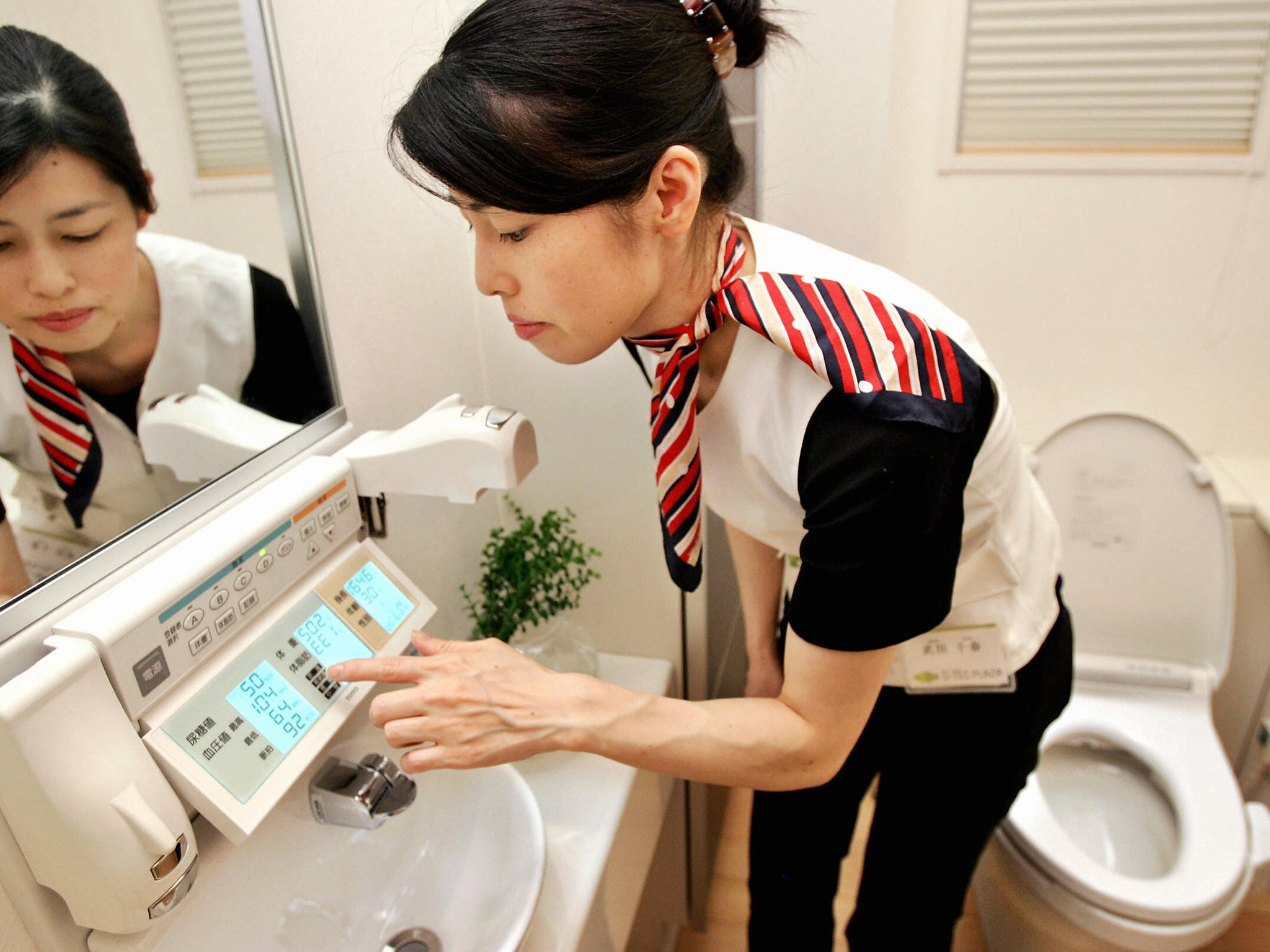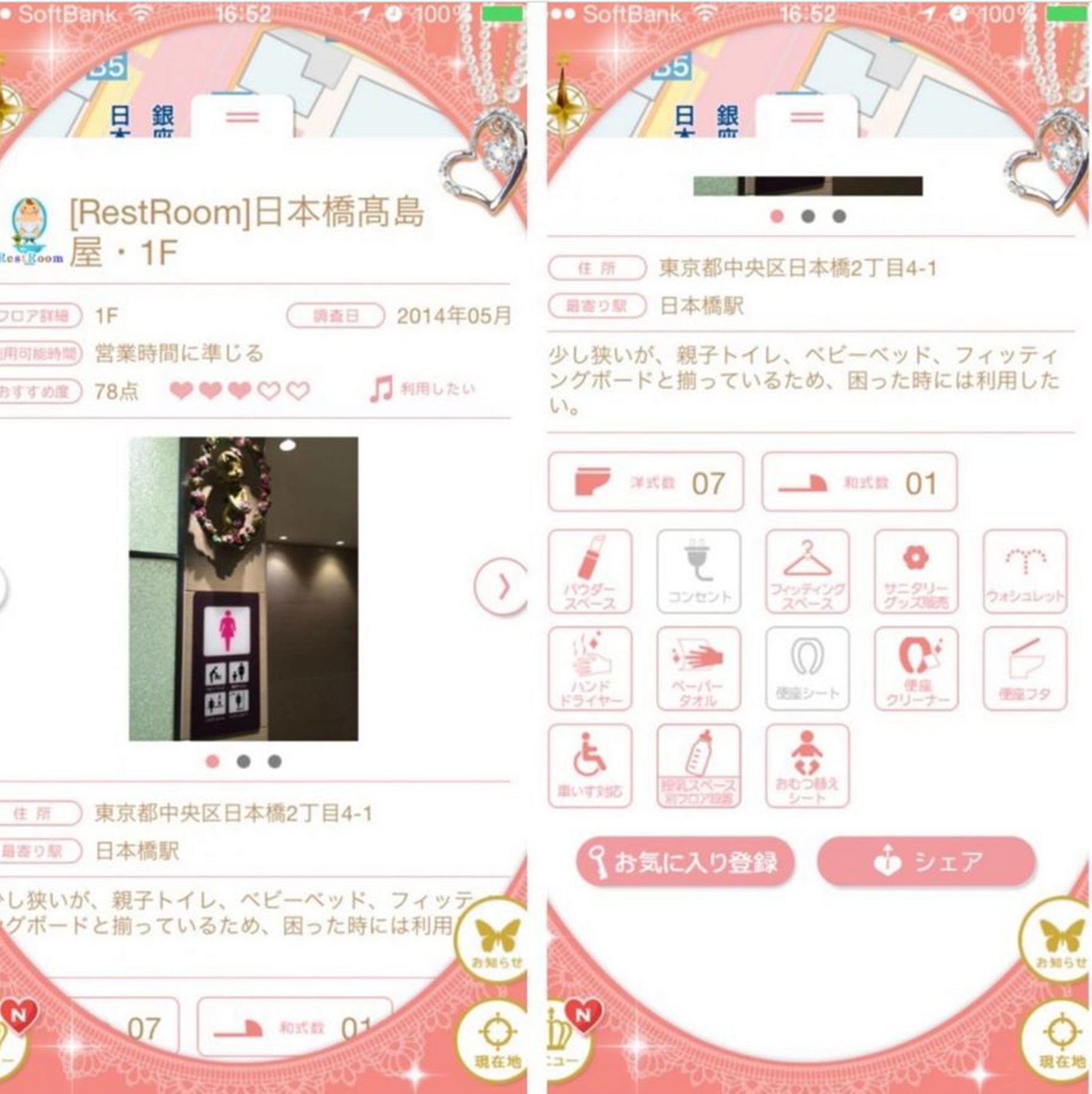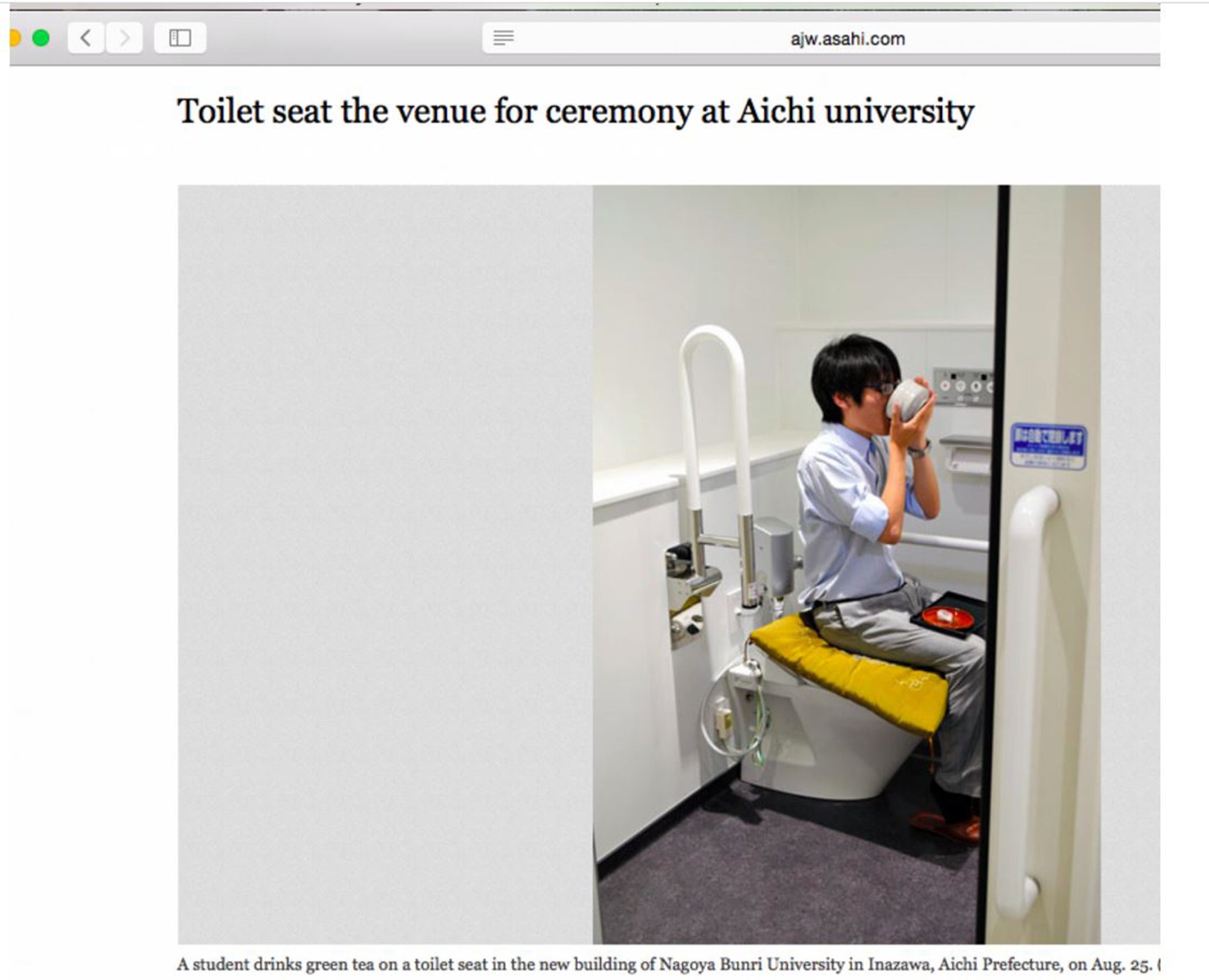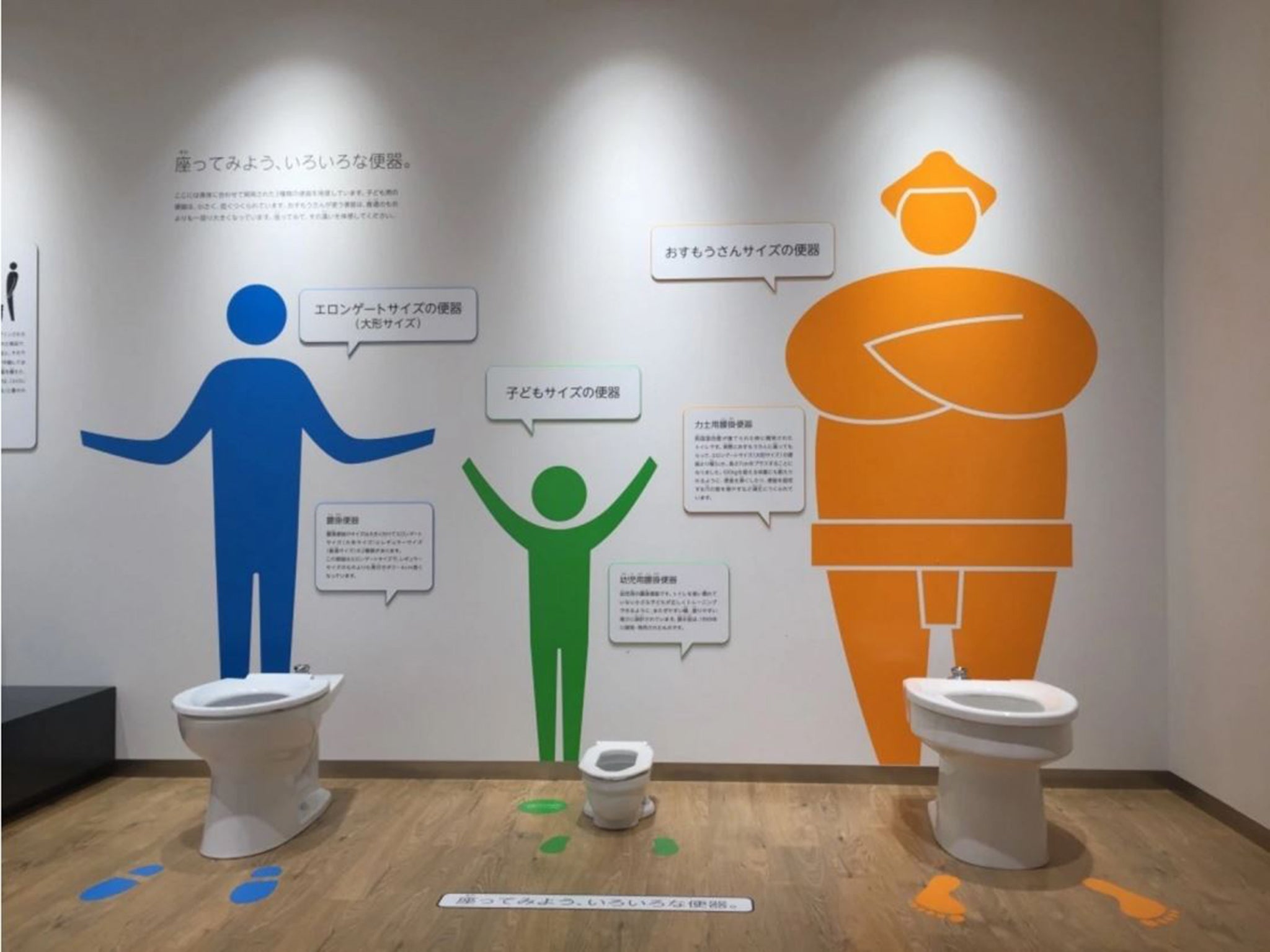How Japan's obsession with toilets produced some of the world's best bathrooms
Toilets are such a valued part of Japanese culture that a beloved brand has built a $60 million museum devoted to them

Your support helps us to tell the story
This election is still a dead heat, according to most polls. In a fight with such wafer-thin margins, we need reporters on the ground talking to the people Trump and Harris are courting. Your support allows us to keep sending journalists to the story.
The Independent is trusted by 27 million Americans from across the entire political spectrum every month. Unlike many other quality news outlets, we choose not to lock you out of our reporting and analysis with paywalls. But quality journalism must still be paid for.
Help us keep bring these critical stories to light. Your support makes all the difference.
If there’s one thing Japan is passionate about, it’s toilets. Potties, loos, restrooms, john, powder room, however you say it, Japan has put a lot of thought into the smallest room of the house.
Japan is famous for its high-tech, derriere-washing, tushie-warming toilets. These are now such a valued part of Japanese culture that Toto, the beloved Japanese brand, has just built a $60 million museum devoted to its renowned product, at its home base in Kita-Kyushu, on the southern-most of Japan’s four main islands.
Here are four things you might not know about Japan’s obsession with lavatories.
There’s an app for that
Don’t take your chances going to a restroom without a little seat in the stall for your baby, or a fold-down platform for standing on while you get changed so you don't have to put your feet on the bathroom floor.
There are a bunch of apps in Japan that can help you find the nearest public bathroom, or one with a special facility, like large stalls with facilities for people with ostomates (a relatively common issue in rapidly aging Japan).

Lion, a manufacturer of diarrhea medicine Stoppa (and various toiletries and detergents), provides an app @Toilet for people who need to take care of their business urgently away from home or office. Click on the "emergency" button and it locates the closest restroom.
NPO Check operates a free app called Check a Toilet, listing over 53,000 restrooms in major cities. It shows restrooms nearby with information including whether they're wheelchair accessible and or have osotomate-friendly functions. Users can contribute by submitting information of the restrooms they’ve visited.
And for those ladies who, we now know, need clean bathrooms if they're ever to leave the house, the well-known map publishing company Zenrin offers an app for women called Koisuru Map – A Map in Love -- with information about nail salons, cafés and clean restrooms. This app includes information such as whether there's a powder space for fixing your makeup, electrical outlets, and diaper changing facilities. Zenrin's (female) staff visits and reviews each bathoom before adding it to their list.
There’s a god of the toilet. Really.
You know how Japan's washrooms got to be so clean and full of advanced technology? Maybe because they're being watched over by a toilet god.
According to the myth, Kawaya-no-kami, the Japanese toilet god, was, appropriately enough, born from the excrement of Izanami, the Japanese goddess of the Earth and darkness. In a time long before Washlets, the contents from outhouses were used as fertilizer, so Kawaya-no-kami was said to both provide a good harvest and also protect people from falling into the toilet pit. In 2010, the song “Toire no Kamisama” (“The Toilet God”) was a hit.
Japanese loos, almost always a separate room in the house, often feature flowers to keep the toilet god happy.
This also helps uphold another Japanese maxim, Kaori Shoji wrote in the Japan Times: "The restroom is the face of the household."
Here's a video about a shrine to the toilet god in Tokyo.
There are toilet rituals

Different parts of Japan sometimes have customs associated with toilets.
In Aichi prefecture, there's a tradition known as “benjo-biraki” (opening of the toilet) during which people sit on the loo to eat snacks and sip tea.
The Asahi Shimbun reported in August on a ceremony to celebrate the new restroom of at Nagoya Bunri University in Aichi. The tradition honors the deity of the bathroom, the paper reported.
A group of students placed a cushion on the toilet seat of a restroom in the new building, and one by one, participants including the school’s chairman and president, sat on the toilet seat and ate rice cakes and green tea.
“It’s a rather peculiar event,” Yuichi Oie, a 22-year-old fourth-year student, told the paper. “We hope to make use of this interesting tradition in promoting Inazawa.”
The government has launched a “Japan toilet challenge”

Toilets are a feminist issue. Or so the government says.
The Japanese government this year launched the Japan Toilet Prize, part of a campaign to improve quality of life by improving the quality of restrooms. No matter than Japanese public facilities are almost always clean and stocked with toilet paper.
The task is to ensure that washrooms are always clean and safe and to tackle one of the thorniest of bathroom problems: how to reduce the lines outside ladies’ loos.

"Without appropriate environments where women can use sanitation facilities, their access to social participation in schools and workplaces is restricted,” Haruko Arimura, the Japanese minister for women’s empowerment, told the government's "World Assembly of Women" forum in Tokyo in August. In fact, she said that restrooms are so pivotal to women's advancement that she doesn't mind if she's known as "minister of toilets."
Akito Yokoyama, an architect who's part of the toilet challenge project, said Arimura had explained why she wanted to concentrate on restrooms.
Women are unable to bring themselves to enter filthy toilets in public parks," she quoted Arimura as saying, according to the Shukan Shincho, a magazine. "To enable women who work outside the home to thrive, it’s necessary to improve the environment in public toilets."
At the same forum, Prime Minister Shinzo Abe said that making washrooms better would help women "shine," his catchphrase for trying to improve Japan's dismal gender equality rankings.
“In terms of sanitation, toilets are a way to encourage women’s participation in society, and there is a lot more Japan can do,” he said, according to the Wall Street Journal. “Japan has very advanced technology in terms of toilets in particular.”
© Washington Post
Subscribe to Independent Premium to bookmark this article
Want to bookmark your favourite articles and stories to read or reference later? Start your Independent Premium subscription today.
Join our commenting forum
Join thought-provoking conversations, follow other Independent readers and see their replies
Comments